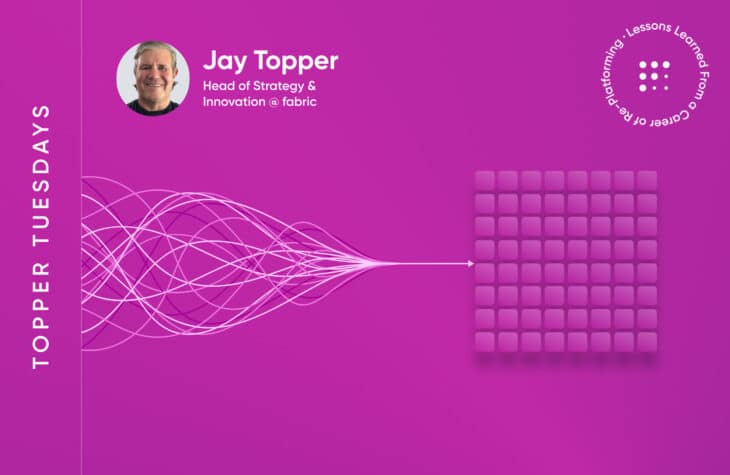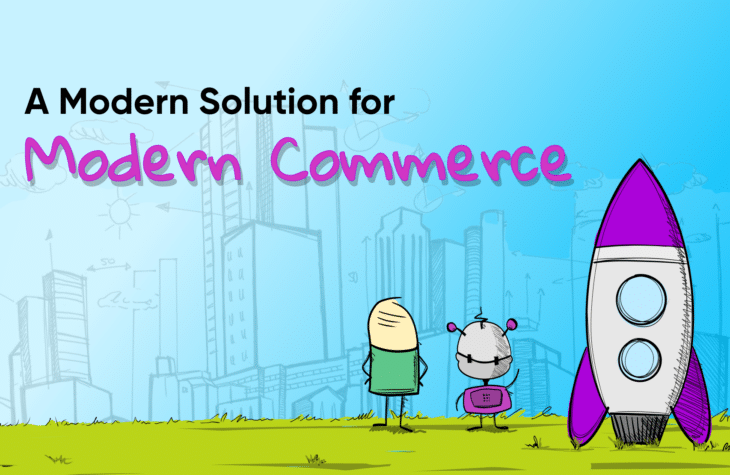How Does a Pricing Engine Increase E-Commerce Sales?

Finding the right pricing strategy for products is a challenge for many e-commerce businesses. There is a fine balance between pricing high enough to generate adequate profits and low enough to meet the customer’s expectations. Some companies choose to hire a team for pricing, others opt for a software solution like a pricing engine to handle it. Pricing engines can help businesses find the most effective prices while also streamlining the pricing process.
Some pricing engine software use AI and machine learning to evaluate multiple factors including your order history, price elasticity, and inventory levels. This data can come from spreadsheets or other software like an enterprise resource planning (ERP) system or product information manager (PIM). The insights from the pricing engine help you understand how different customer segments react to different price points.
With traditional e-commerce platforms, pricing is built into the backend. The efficiency with which you can change prices at scale is limited. You are also limited with how much flexibility you have for setting unique price points for different customer segments and sales channels.
Decoupling price from the product by using a separate pricing engine helps solve these issues while bringing additional benefits to the business. At Fabric we take this decoupled approach to pricing with our pricing and promotions engine called Offers. In this post, we’ll explore the benefits of using a pricing engine like this.
Benefits of Using an E-Commerce Pricing Engine
Scheduled and automated pricing
Businesses without a pricing engine usually have a team of pricing specialists set the prices for their products. They’ll consider the cost-basis for each product as well as competitors’ prices when setting a product’s price. This can work well, but, as it is performed by humans, it is open to errors and inefficiencies. The process is made even more unscalable when spreadsheets are used.
Pricing engines allow brands and retailers to streamline the pricing of their products. Merchandisers can schedule prices in advance to align with marketing campaigns. They can also choose to use the software to set prices automatically. The pricing engine will use AI and machine learning to process all available data to set a price for each item. This frees the merchandising team from manually researching competitor prices. With the extra time, they can invest more focus into other value-driving tasks.
Note: Fabric Offers does not currently set prices automatically but gives merchandisers the ability to create promotional campaigns, schedule prices in advance, and move away from spreadsheets to more scalable pricing SaaS.
Manage omnichannel prices
Pricing engines give you a solution to set and manage prices across all your sales channels. This helps ensure that prices are consistent and accurate. All changes are updated for each touchpoint in real-time. If you want to offer different prices on a particular channel, you can do so without overriding the price for all other channels.
Custom pricing for B2B sellers
Pricing flexibility is a big part of B2B commerce. Companies rarely stick to a static price for all their customers. Each deal is unique and buyers and sellers often negotiate custom contract pricing. With a pricing engine, you can easily create customer segments to define the prices a particular buyer sees on your e-commerce portal.
Relevant promotions
In addition to setting prices, pricing engines can assist you in optimizing your promotional offers. The software leverages the same data it uses for prices to present the right promotion to the right customer segment at the right time. Merchants can increase conversions and minimize losses in revenue due to excessive discounting.
Optimize Product Pricing at Scale
With Fabric Offers, you can optimize your pricing and promotions across all your sales channels. You can define unique customer segments using your data and filter and exclude certain products from pricing or promotions rules. The system integrates seamlessly with your e-commerce ecosystem so you can begin showing better prices to your customers immediately.
Tech advocate and writer @ fabric.





